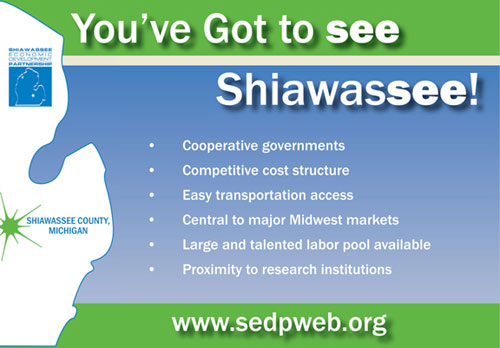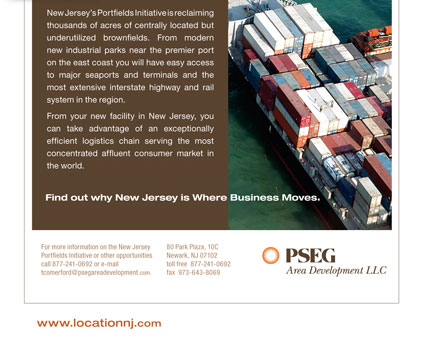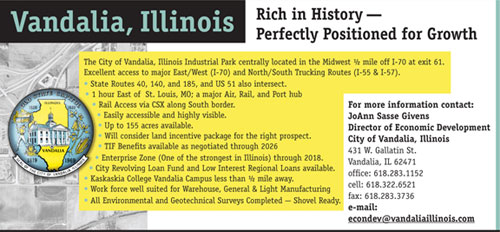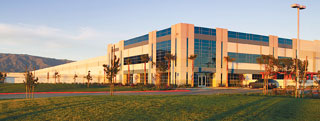
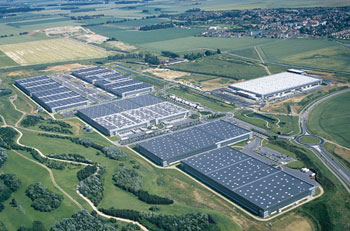
usiness park design is in continuous flux, a trend likely to persist given the volatility of the capital markets, high fuel costs, ever changing supply chain strategies, and the challenging world situation.
NAIOP and other sources have identified several major themes that are reshaping the design and location of business parks:
- Foreign trade, with emphasis on Asia, has influenced and accelerated investments in port, rail, and highway infrastructure.
- Trade pacts with Central and South America have resulted in two way trade growth.
- The Suez and Panama Canals have increased traffic through East Coast ports.
- U.S., Canadian, and Mexican trade has impacted site selection decisions along the borders. New ports are opening in Canada and Mexico and are being integrated into the U.S. logistic grid via rail.
- America’s population base is largely, and increasingly, located in coastal or next (adjacent) tier states.
- Port cities, inland and coastal rail logistic centers, and manufacturing clusters are exploiting these trends.
- Fuel costs are impacting trade, distribution, and industrial park locations as least-cost logistics solutions are sought.
- Manufacturing is moving back to the U.S.
- Goods are being kept on trains and ships longer. Ships, containers, and trailers are part of the storage solution.
- Mega distribution centers are less desirable, and more transloading and cross-dock facilities will be increasingly prevalent.
- More and smaller distribution centers will be more common as a way to reduce the “last mile” costs.
- Large, ready-to-go sites are needed.
Given the impact of these themes on site selection decisions for business parks, a site selector is likely to target a location that is:
- At or near a port.
- Near a rail intermodal site.
- In a high population state.
- In a state that enjoys population growth.
- Near the customers or suppliers.
- Near a major international airport.
- Served by a superior road system.
- In a free trade zone.
- In a park where land costs are reasonable, sites vary in size, and there is a mix of uses:
– Warehouse and distribution
– Manufacturing
– Office
– Research and development
– Support retail to include fuel and support services
“Intangibles” are then often the tie breaker for site selection decisions, including:
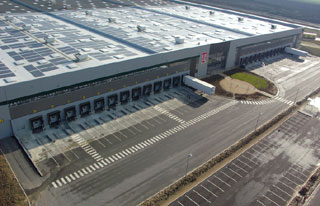
- Available work force that is skilled and trainable.
- Government agencies that are pro business.
- Good local schools and colleges willing to meet a company’s training needs.
- Sites that are fully permitted and where documentation of these permits can be provided.
- A high assurance that development permits will be granted in a timely, predictable manner.
- All utilities are available and at a reasonable cost.
- Power is reliable, and hopefully, affordable.
- Alternative sources of broadband connectivity exist.
- Incentives are available for expansions and relocations.
- Housing is available and affordable for the work force.
- There is a good quality of life.
- Proximity to a “job generator” or a business cluster is a bonus.
The more of the preferred tangibles and intangibles a site enjoys, the more likely it will be successful. The bottom line is to be in the flow of trade, be near customers, offer an affordable site that can predictably be developed, and have a work force to support the business likely to be located in the park.
Sustainable development is becoming more prevalent and cost-efficient in response to company site selection criteria and as proactive developers undertake related design and operational innovations.
ProLogis, the world’s largest owner, manager and developer of distribution facilities, has incorporated sustainable design features and technologies in a number of pilot projects worldwide. The Denver-based REIT is utilizing recycled building materials, solar farming installations, wind turbine generated electrical power, high-efficiency lighting, and, in its 1.5-million sq. ft. industrial park in Osaka Japan, a rainwater recycling system and pavement technology that absorbs carbon emissions from trucks.
On a regional scale, New Jersey-based Adler Development’s commitment to sustainable real estate incorporates all of its current flex product developments. Several of Adler’s projects are in the LEED certification process.
NAIOP and other professional organizations are working to develop specific standards for certifying “green” industrial developments.
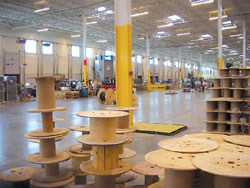
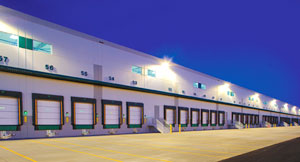
Major Chicago-based industrial developer CenterPoint Properties develops intermodal logistics parks incorporating industrial and related rail, road and port infrastructure in campus environments. New projects by CenterPoint, subsidiary of CalEast Global Logistics LLC, include a 900-acre integrated logistics center in Suffolk, Va., and a 3,600-acre CenterPoint Intermodal Center in Joliet, Ill.
CSX is moving forward with its 1,250-acre CSX Integrated Logistics Center in Winter Haven, Florida, the first such truck, rail, and warehousing hub and terminal facility in the Southeast. The potential impact of the CSX intermodal facility on Florida (both economically and in terms of advances in freight movement) has been compared to that of Hillwood’s 17,000-acre Alliance Texas master planned community and employment center in Fort Worth, which includes BNSF Railway’s Alliance Intermodal Facility, and the world’s first 100-percent industrial airport.
CSX’s Florida ILC has become the primary impetus for land acquisitions and development plans for additional business and industrial parks in Polk County, a major expanding distribution hub for Florida. Recently announced projects include Rockefeller Group Development Corporation’s 1-million-plus-sq.-ft. distribution center in nearby Lakeland, Florida.
Due to the large size of a typical distribution center, land availability and land use constraints may preclude large sites within a larger industrial park. In such instances, an overall region may be considered as a single park with multiple centers within – Polk County, for example.
Another intermodal facility is planned in Central Florida at the east end of Highway 60, part of the massive 41,300-acre Destiny community at Florida’s Turnpike and US 441. Destiny’s transportation system will include two turnpike off-ramps and two airports (including a general aviation cargo facility). Announced as America’s first eco-sustainable city, Destiny includes Florida’s first sustainable energy farm.
One of Florida’s best examples of an established business park is Orlando Central Park, located in the center of Orlando at the crossroads of the Beachline Expressway (SR 528) and Florida’s Turnpike near Interstate-4. The first significant park in Florida, the 4,200? acre business park is the largest in Central Florida and one of the largest in the state. A central distribution hub for Orlando, OCP opened over 50 years ago and has grown to be a mixed use park now approaching buildout, with uses including office, industrial, hotel, retail, medical and residential.
Business park development trends are based on improving transport efficiency, and are often tied to new and expanding coastal or inland U.S. ports. East Coast ports are expanding as feasible, and new ports will open as well, spurred by West Coast over-capacity situations in Los Angeles and Long Beach, rising oil prices, the increased traffic through the Suez Canal and projected completion of the Panama Canal Expansion in 2014. Multiple ports allow goods to be delivered as near to the destination as possible, which saves considerable time and money. Rail on dock is important, as is speed of throughput from the port to distribution and fulfillment centers.
Logistics least cost solutions are driving site selection decisions and are impacting business park design and location. Developers need to provide sites that offer reliable inbound traffic and provide efficient “last mile” solutions. The more port-, rail-, and population-centric a site can be, the better. Keep in mind there is no perfect world, and that the “best solution” continues to change.
George Livingston, CIPS, is chairman and founder of NAI Realvest in Orlando, Fla. Christie Alexander is principal of NAI Realvest, found on the Web at www.realvest.com.

